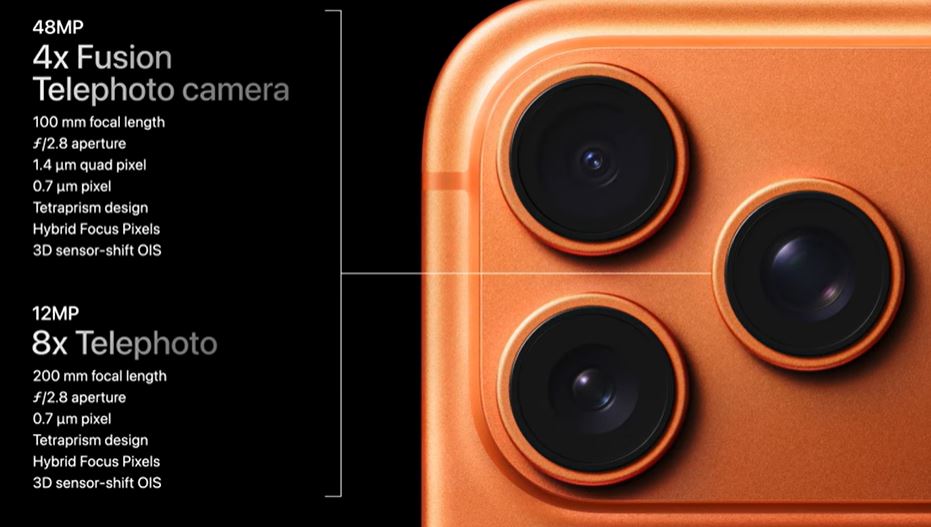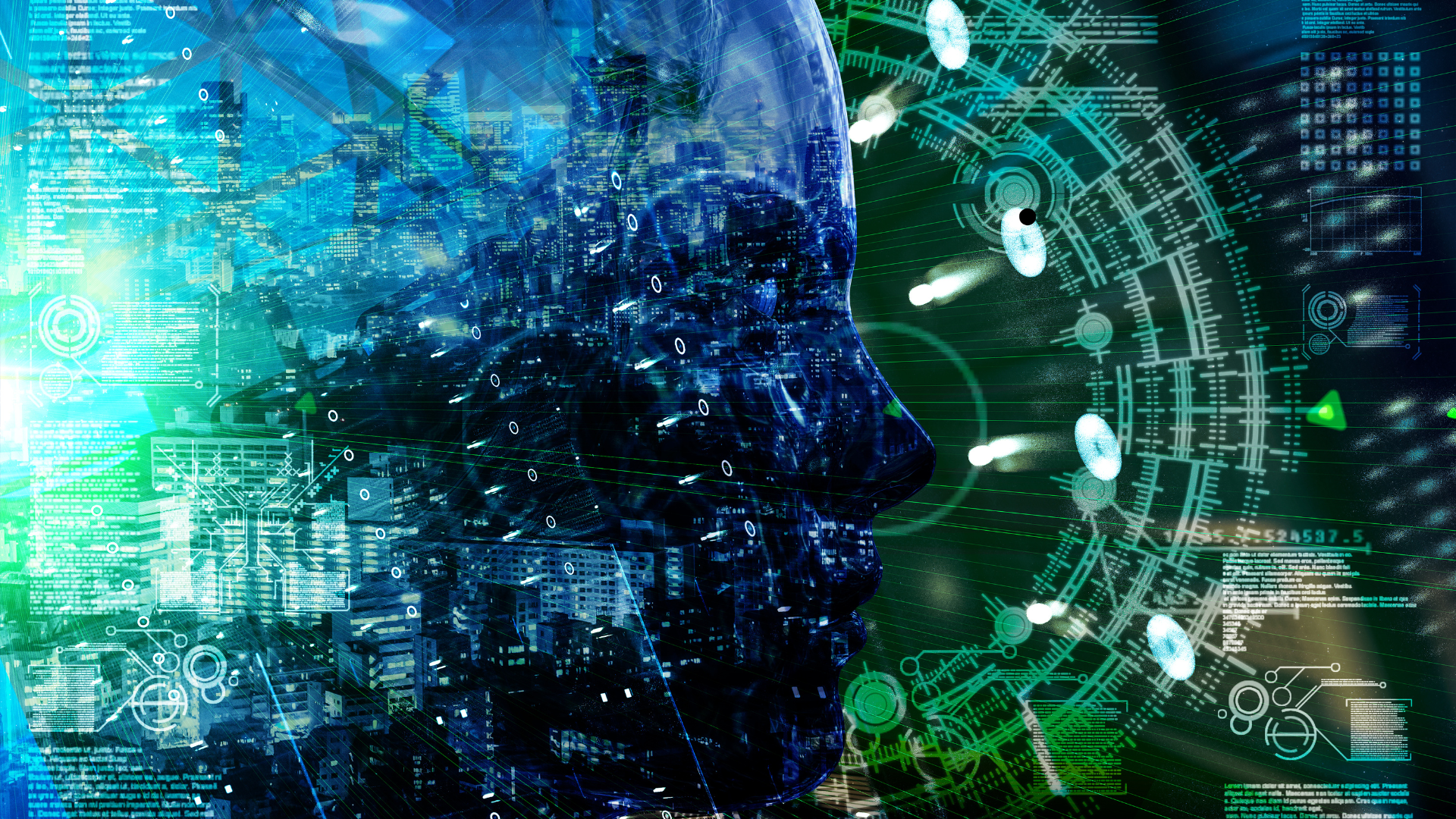Today, the world turns its gaze to Cupertino as Apple unveils the iPhone 17 lineup. The “awe-dropping” launch introduces the ultra-thin iPhone Air, advanced cooling systems, and improved optics—all testaments to Apple’s unwavering dedication to design and performance. But beyond the spectacle of a product launch lies something far more instructive: a decades-long journey where innovation, intellectual property (IP), and R&D have been inseparable companions.
From Disruption to Domination
The iPhone story didn’t truly begin in 2007 with Steve Jobs on stage—it started years earlier. Apple’s vision for a touch-based phone drew upon acquired patents and technologies, most notably from FingerWorks, whose multi-touch IP was folded into Apple’s arsenal. At the same time, Apple had to navigate the dense thicket of standard-essential telecom patents, ensuring it could deliver connectivity without being locked out of global markets.
This careful weaving of external licensing and internal R&D became the blueprint for Apple’s strategy: protect what you build, acquire what you need, and defend it fiercely, all in a strategic manner.
Building a Fortress of Patents
Over time, Apple has amassed a vast portfolio of patents, covering everything from processors and displays to biometric authentication and ecosystem continuity. As of mid-2025, Apple’s patent filings reveal significant advancements in iPhone 17 technology in three key domains: optics, artificial intelligence, and health-sensing. These include a new image sensor capable of capturing up to 20 stops of dynamic range that approaches the sensitivity of the human eye, innovations in under-display Face ID integration by enabling infrared transmission through the screen, and the introduction of metalens-based biometric systems that allow Apple to shrink the optical assembly for a slimmer and more efficient design.
Apple employs a highly strategic intellectual property framework that includes utility patents, design patents, and trade dress to safeguard and enhance ecosystem-defining technologies such as Handoff, MagSafe, and Spatial Audio. This portfolio does more than protect innovation. It shapes competitive dynamics, raises barriers to entry, and reinforces user lock-in, showcasing Apple's offensive and defensive strengths in intellectual property deployment.
iPhone 17: Innovation in Action
Fast-forward to today, and the iPhone 17 lineup offers a glimpse of how these patents materialize into user experiences:
1. A Slimmer Face ID: Thinner Optical Module
A patent has surfaced showing Apple’s exploration of a thinner optical module to enable Face ID in ultra-slim designs like the rumored iPhone 17 Air. This innovation helps maintain facial recognition without bulkier hardware, supporting Apple’s push toward a streamlined, thinner device form factor.
2. High-Performance Cooling: Vapor Chamber System
The iPhone 17 Pro and Pro Max introduced a vapor-chamber cooling system, replacing or augmenting traditional graphite-based heat spreaders. This feature means better thermal regulation during demanding tasks, minimizing overheating and sustaining performance.
3. Proprietary Connectivity: Apple-Designed Wi-Fi 7 Chip
Analyst reports confirm that all four iPhone 17 models will feature a custom Apple-designed Wi-Fi 7 chip. This approach marks a deliberate shift away from supplier-provided components (like those from Broadcom), promising tighter integration, better power efficiency, and reduced reliance on external vendors.
4. Advanced Imaging: 48 MP Telephoto & Computational Zoom
In the camera domain, the Pro models are slated to feature a 48 MP telephoto lens—a significant boost in photographic resolution from previous iterations. Rumors also point to enhanced optical zoom (possibly up to ~8×) and better computational imaging.
Each of these advancements illustrates how years of filings, experiments, and litigation defense culminate in a single product cycle.

Beyond the Device: The Power of Ecosystem
Yet Apple’s genius does not stop at the iPhone itself. What makes the iPhone 17 era significant is not just the device but how it seamlessly integrates into a broader ecosystem.
An iPhone rarely works in isolation. It connects seamlessly to the Apple Watch, extending health and fitness data. It pairs instantly with AirPods, supported by patented audio routing technologies. It integrates with the MacBook and iPad, enabling Handoff and Continuity across devices. Even the Apple TV and HomePod are part of the ecosystem, ensuring users remain within Apple’s world.
This integration isn’t accidental. It rests on a web of patents and standards that together create an experience moat. The tighter the ecosystem, the harder it is for competitors to replicate the same smoothness without infringing on Apple’s IP. In many ways, the ecosystem is Apple’s ultimate product: a closed loop where hardware, software, and services reinforce one another.
The Other Side of Innovation: Disputes and Pressures
Of course, the IP journey is not without friction. On May 1, 2025, the UK Court of Appeal ordered Apple to pay $502 million, excluding interest, to Optis for using standard-essential 4G patents from 2013 to 2027; with interest, total liability may exceed $700 million. Such cases highlight the high stakes of global IP enforcement, where failing to secure the proper protections or licenses can end up costing more than entire R&D programs.
In 2025, Apple substantially increased its filings for AI-related patents, covering areas from voice recognition to AI-enhanced imaging, which indicates a significant R&D investment in AI. At the same time, however, analysts, investors, and industry observers have criticized the company’s AI strategy, noting that Apple is 1–2 years behind competitors in generative AI deployment, with delays in Siri upgrades pushed to 2026, limited cloud-based capabilities, and ongoing struggles to scale AI across its products.
Lessons for Business Leaders
Apple’s journey offers several takeaways:
- Diversify IP coverage—patent portfolios must span multiple domains to secure innovation from every angle.
- Use IP to reinforce ecosystems—legal protection ensures experiences stay exclusive and defensible.
- Expect disputes—litigation is not a failure, but a strategic tool in global markets.
- Anticipate future directions—patent filings can signal where innovation will go before markets realize it.
How Evalueserve IP and R&D Can Help
At Evalueserve IP and R&D, we empower companies to transform their innovations into defensible competitive moats with AI-enabled services. We provide AI-powered patent landscaping that pinpoints strengths and white spaces, intelligent innovation scouting that predicts “the next moment,” and AI-driven technology competitive intelligence that reveals rivals’ strategies and market moves. Our solutions help organizations protect, scale, and amplify the value of their innovation.
Just as Apple’s strategic use of design, technology, and IP turned the iPhone from a bold prototype into the world’s most lucrative product line, your company’s AI-assisted IP decisions today will shape tomorrow’s market leadership.
Conclusion: The Real Awe-Dropping Story
The iPhone 17 isn’t just another device in Apple’s lineup. It is the latest chapter in a saga that proves one truth: innovation without IP is fragile, and IP without innovation is stagnant. Apple’s brilliance lies in balancing both, turning protected ideas into transformative products.
And that, more than a thinner phone or a sharper camera, is the true awe-dropping lesson of the iPhone era.
Talk to One of Our Experts
Get in touch today to find out about how Evalueserve can help you improve your processes, making you better, faster and more efficient.


